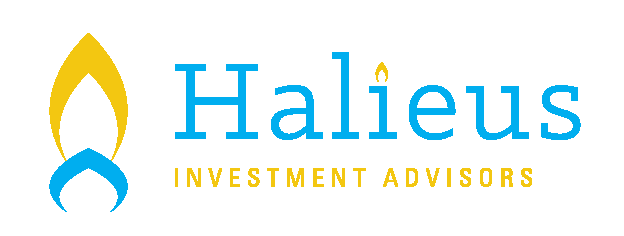Planning Framework
1) Contact client, 2) Meeting, 3) Develop Investment Policy, 4) Broad Financial Plan, 5) Design Investment Strategy, 6) Propose recommendations, 7) Document Financial Plan, 8) Implement Investment Strategy, 9) Monitor and Update
- At the initial contact client will be provided with an ADV known as a Firm Brochure and client agreements with privacy policy.
- At the first meeting we will learn and understand your financial situation. We will identify, clarify, and prioritize your goals and objectives. Begin working on personal financial planning profile.
- Develop Investment Policy by working on investment profile and documenting client investment objectives and constraints. Provide structure to portfolio construction.
- A Broad Financial Plan includes: cash flow and debt management, insurance, investment analysis, risk management, retirement planning, education planning, tax planning, business planning, estate planning and charitable giving planning.
- . Design Investment Strategy by developing asset allocation target and creating portfolio. Incorporate capital market expectations and economic outlook.
- Propose recommendations at another meeting by educating and communicating.
- Provide client a written copy of the Financial Plan.
- Implement Investment Strategy through establishing online access through a custodian. Address risk management and protection needs. Open any new accounts. Transfer existing assets.
- Monitoring procedures will consist of reviewing goals and client situation within 18 months. Review investment strategy. Modify and track financial plan. Facilitate understanding of client statements and online resources. Set up annual meeting to review investment performance.
